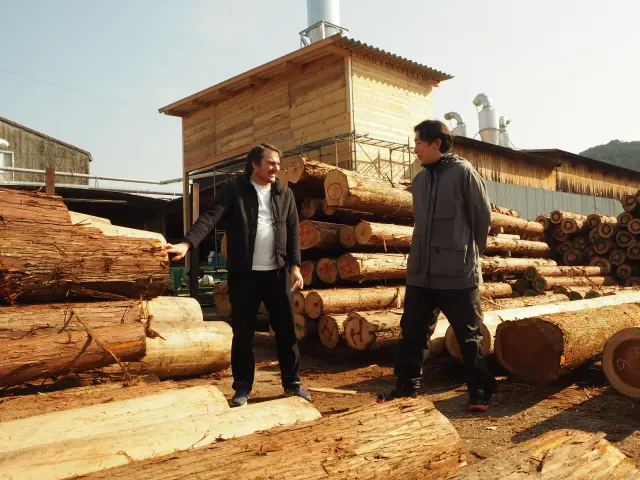 Search for Flights
Search for Flights
 Search for Hotels
Search for Hotels
 Check Exchange Rates
Check Exchange Rates
 Check the Weather
Check the Weather

Luxury Travel Diary: Journey into a land of enduring faith
Last update
The timeless beauty of Nara, a city boasting a history of 1,300 years, is recorded in Japan’s oldest anthology of waka poetry, the Man’yoshu: “The city of Nara, whose verdant beauty reaches the very earth, brims with the radiance and fragrance of its blossoms now in bloom.”
Nara is much more than its city center, extending to the mountainous Yoshino and Sakurai areas, celebrated for their cherry blossoms. Primeval and remote, where ancient religious beliefs still permeate the land, Yoshino and Sakurai are dotted with ancient temples and shrines, some of which are World Heritage sites.
We travel from the city of Nara into the mountains of Yoshino on a one-night, two-day journey to experience this ancient landscape rich in nature and spirituality that forms the basis of the religious beliefs and “Yamato spirit” of the Japanese people.
Traverse mountain paths upon which the prayers of eternity are interwoven to reach Kasugataisha Shrine

The head Shrine of Kasuga Shrines nationwide
Copyright:Nara Visitors Bureau
Our first destination, Kasugataisha Shrine, is located at the foot of the Mt. Kasuga Primeval Forest, and both the forest and the shrine buildings are designated World Heritage sites. At the shrine, a Shinto priest provides insightful commentary on the origins of Kasugataisha as we pass through Ninotorii Gate and visit the main shrine at the end of the sando approach. Passing through the east cloister with its many hanging lanterns, we reach Misakayama Ukigumo-no-mine Yohaisho, which overlooks the summit of the sacred Mt. Mikasa, the mountain where the deity from which the shrine takes its name, Kasuga, is said to have descended, and Kasugataisha Museum. In the clear morning air, every sound is magnified, from the crunching of the gravel beneath our feet to the cries of the deer that roam the shrine grounds.
A feast for the eyes and tastebuds at an exclusive eatery

Owner Furuta Toshihiko is well versed in architecture and antiques and has carefully chosen the tableware in addition to renovating the restaurant.
After leaving Kasugataisha, we head to the suburbs of Nara for lunch at Hanagaki, a Michelin two-star ryotei (traditional Japanese restaurant) in a residential area that only takes reservations for one group each at lunch and dinner.
Hanagaki infuses its traditional style of Japanese cooking with a touch of the owner’s ingenuity for a delectably unique experience. The dashi soup stock is made by blending more than five ingredients into a complex and nuanced flavor, while the omakase (chef’s choice) course is prepared with the finest ingredients of the day, sourced directly from trusted fishermen and producers.
At Hanagaki, you will find delicious, refined yet unpretentious food, made with the utmost care and attention to detail.
Beautiful Buddhist architecture and an exquisite statue of Buddha

As of 2022, the statue of Yakushi Ruriko Nyorai (Buddha of healing) holds a medicine pot to pray for the end of the coronavirus.
After lunch, we visit Yakushiji Temple, the head temple of the Hosso sect of Buddhism. On arrival at the temple grounds, a monk guides us through the vast temple complex and cloisters, which retain the style of the Hakuho period (645-710). The monk's explanations are not only easy to understand but incredibly fascinating as well as enlightening. While absorbing the wealth of knowledge provided, we are led towards the main sanctuary. There, we are privileged to gaze upon the temple’s principal objects of worship, the Yakushi Triad, which consists of a statue of Yakushi Nyorai, considered one of the finest examples of Asian art, and statues of Nikko (Bodhisattva of the Sun) and Gakko (Bodhisattva of the Moon).
The statues' pedestals are decorated with Greek, Persian, Indian, and Chinese patterns, reminding all who see them that Yakushiji Temple was the final destination of Buddhism and the mix of central to east Asian cultures introduced by way of the Silk Road.
Accommodation in a renovated historic shoyu warehouse and shoyu-themed cuisine

Old documents left by the current owner’s grandfather proved to be the key to the revival of traditional shoyu manufacturing.

Some of the storehouses have been renovated into lodging facilities.
After soaking up the profound wisdom and art of Yakushiji Temple, we head to the night's accommodation: a renovated shoyu (soy sauce) storehouse. Maruto Shoyu, a shoyu brewery founded in 1689, has been in business for over 300 years. The brewery shut down after World War II, but thanks to the efforts of Kimura Hiroyuki, the 18th-generation head of the family, the brewery is back to producing shoyu with natural brewing methods.
The brewery dates to the Edo period (1603–1867) and remains in its original state, however, some of the storehouses have been renovated into lodging facilities. One can’t help but admire the dark, wooden pillars gleaming with age and the substantial ceiling beams; this is architecture rarely seen in our day and age.
The shoyu brewery also serves as our dinner spot. The theme is “shoyu cuisine,” and meals, modern in style, consist of locally grown seasonal vegetables and shoyu produced on-site.
You have the option of enjoying an early morning tour of the grounds given by the 18th-generation head of the family and a shoyu "shibori" experience where you can press shoyu from moromi (mash). Afterwards, participants can savor the fruits of their labor for breakfast, with dishes such as shoyu on eggs over rice.
Soul-stirring sutra chanting at Hasedera Temple

Hasedera Temple has been performing this ritual daily for over 1,000 years.
We visit Hasedera Temple on the slope of Mt. Hatsuse in Sakurai, Nara Prefecture, early the next morning before breakfast. Through the morning mist at the top of a long flight of stairs, we come to the main hall where morning prayers are held on a large stage. There, at the feet of a 10-meter-tall wooden statue of the Eleven-faced Kannon Bodhisattva, a group of monks sits and chants sutras, their voices resonating deep within the bodies and souls of onlookers. After the chanting ends, the monks line up, bathed in the morning sun, and bow in three directions. Spiritually invigorating, it is unlike anything I have ever experienced.
Traditional washi paper making guided by an artisan

Artisans carefully guide you through the process, so even those without experience can become an expert in no time at all.
After the morning’s Buddhist liturgy, we return to our accommodation for breakfast and checkout. Our driver then takes us south along Nara's mountain roads towards a village in Yoshino. Fukunishi Washi, an atelier where handmade Yoshino washi (Japanese paper) is made using traditional techniques, sits alongside the swiftly flowing Yoshino River amid slopes thick with Yoshino cedar and cherry trees.
Using kozo (a hybrid mulberry tree used to make paper) as a raw material, washi is made without chemicals by boiling wood ashes and then combining the paste with white clay and spreading it thinly to dry. This method results in a paper soft to the touch that is flexible yet strong.
We get to work using these same materials, and while our finished sheets of washi are not quite as smooth as the washi made by artisans, we are all still delighted by our creations! These one-of-a-kind pieces of paper are precious mementos to take home.
Handmade soba noodles enhanced by Yoshino's famous water

At Yamato-an, the skilled proprietor uses high-quality buckwheat flour and wasabi from Shinshu (the old name for the area that is now Nagano Prefecture).
After a fulfilling morning, we head deeper into the mountains of Yoshino, where Yamato-an, a soba restaurant, sits halfway up a steep slope. Yamato-an serves soba (buckwheat noodles) made with pristine water from the mountains of Yoshino.
Oya Takashi, the owner of Yamato-an, was born and raised in Yoshino. After training at a celebrated restaurant in Togakushi, Nagano Prefecture—an area famous for its soba—Oya opened his own handmade soba restaurant in his hometown. The soba, which adheres to the ever important three tate (hikitate [freshly ground], uchitate [freshly pounded/made], and yugakitate [freshly boiled]), is known for its pleasant aroma and texture. Yamato-an’s soup stock, made with water from Yoshino, compliments the soba's sweetness and fragrance.
Goma Buddhist fire ceremony: Confront yourself through the flames

If your visit falls within the special viewing period, you will be able to see the temple's principal deity, Kongo Zao Gongen.
After lunch at Yamato-an, we reach the highlight of our cultural experience journey at Mt. Kokujiku's Kinpusenji Temple, a World Heritage site. Kinpusenji is the head temple of Shugendo, a religion unique to Japan that blends Shinto and Buddhist concepts. The temple is said to have been established by the legendary mystic and founder of Shugendo, En-no-Gyoja (634–701), in the 7th century.
Here, we visit the Zaodo (main hall), where the principal deity of the temple, Zao Gongen, is enshrined, and observe a Goma fire ritual. Following this, we proceed to the Honbo, called Chisenkaku, for tea and a Buddhist sermon by a priest who practices Shugendo. At this time, if schedules permit, you may be able to hear the head priest of Kinpusenji speak.
We learn about the history of Shintoism, Buddhism, Shugendo, and various practices such as Shinto-Buddhist syncretism, as well as the lives, intense training, and mindset of Shugendo practitioners. It is an incredible chance to experience a world far removed from our every day.
Origins of Japanese religion, where both Shinto deities and Buddha are respected

Nyoirinji Temple is a tranquil mountain temple. In spring, the whole area is covered with cherry blossoms.
Yoshino was the site of the Imperial Court of Emperor Go-Daigo and the following four emperors from the end of the Kamakura period (1185–1333) to the Muromachi period (1336–1573). Chinkain Temple (Nyoirinji Temple) on Mt. Tounoo is closely associated with this court, which was known as the Southern Court. Indeed, behind the temple rises the mausoleum of Emperor Go-Daigo.
At this temple, a priest provides commentary, and visitors can experience a sutra chanting that uses a mokugyo (wooden fish gong). The head priest's talk on the coexistence of Shinto deities and Buddha, different from Shinto-Buddhist syncretism, is particularly interesting. This is a fascinating opportunity to become familiar with Japan's open and harmonious religious outlook that sees Shinto deities and Buddha stand side by side.
The beauty of the celebrated Yoshino cedar through planing wood

The planes used in the workshop can be taken home as souvenirs.
At the end of our journey, we stop at PROP, a furniture workshop that uses the wood of the Yoshino cedar. Though Japanese cedar isn't often used for making furniture, Yoshino cedar, endemic to Japan, has a pleasant, mellow color and retains heat. Making the most of these qualities, Yoshino cedar is used to make solid wood furniture.
In this workshop, visitors have the rare experience of planing Yoshino cedar planks using an ancient Japanese carpentry tool. After a planing session, visit the furniture workshop and exhibition hall while enjoying explanations provided by craftspeople.
In Nara’s Yoshino area, the origins of the religious spirit of Japan, which reveres Shinto deities, the Buddha, and nature, can still be found, as well as the culture of the old Japanese Imperial Court. The people of Yoshino, enveloped in nature, pray, study, and preserve their skills, then pass those practices on to their children and grandchildren. Here you are gifted the precious opportunity to rekindle the spirit, sincere and pure, that has been forgotten by so many in the chaos of modern life.
By personally visiting Nara and experiencing and telling about the wonderful culture and tradition we encounter there, we hope we can be some help in ensuring that charming tradition and culture of Nara is passed down to the next generation.
Check also...
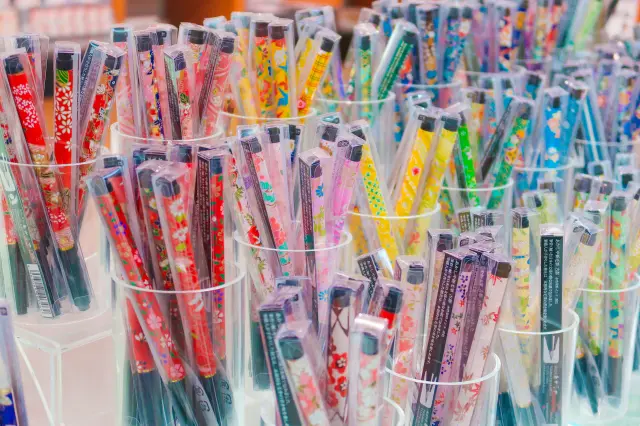
5 Local Experiences Not Found in Guidebooks: Nara Edition
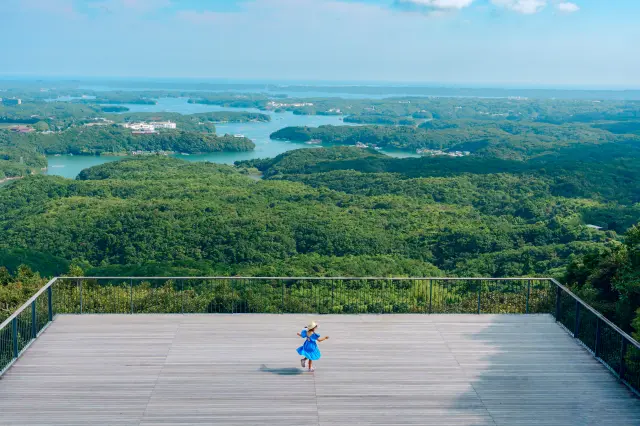
4 Magnificent West Japan Views That Won a Photo Contest
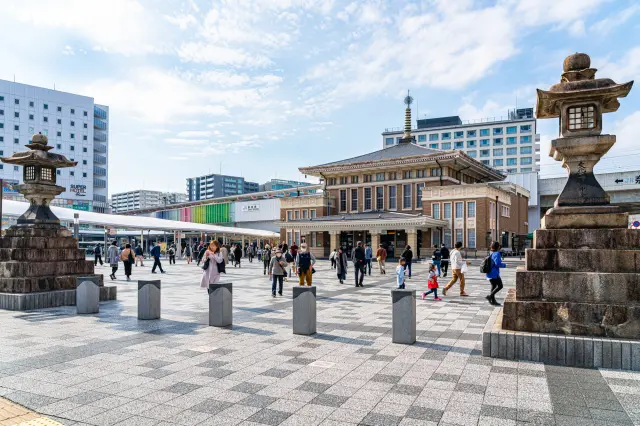
A Guide to Nara Station for Exploring the Ancient Capital
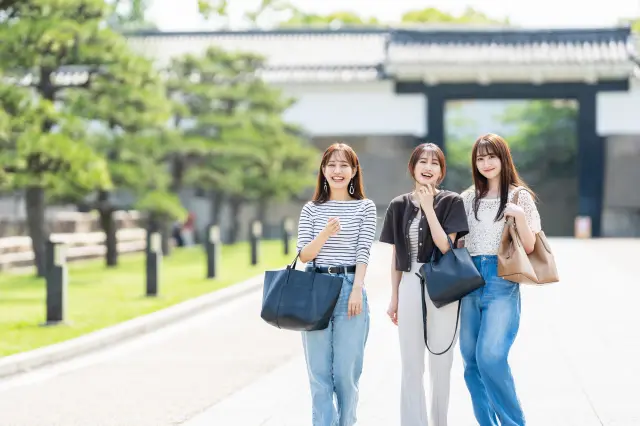
6 Value Transportation Passes for Traveling Around Kansai
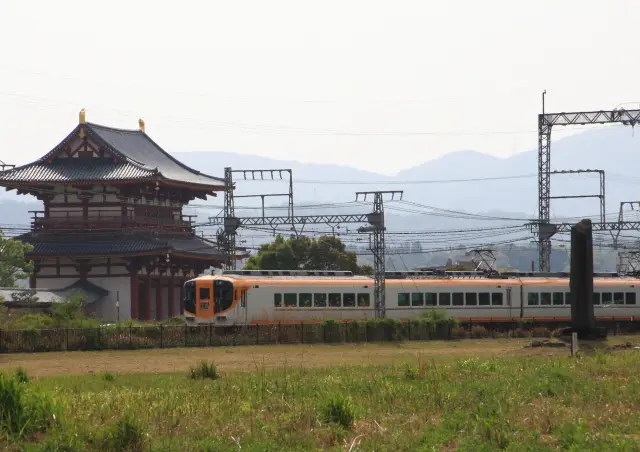
A Must-Read for Day-Trippers! Complete Guide to Getting from Kyoto to Nara
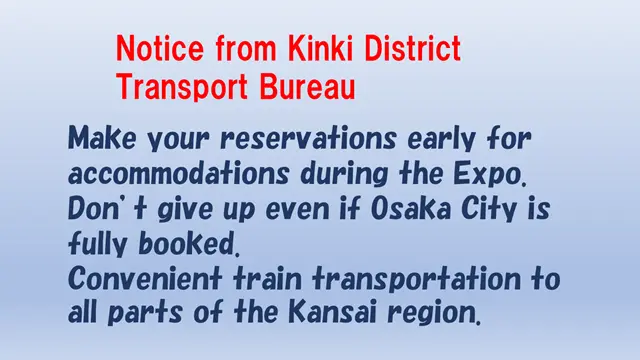
Consider your accommodation in the Kansai area!

Restrictions on Large Baggage
